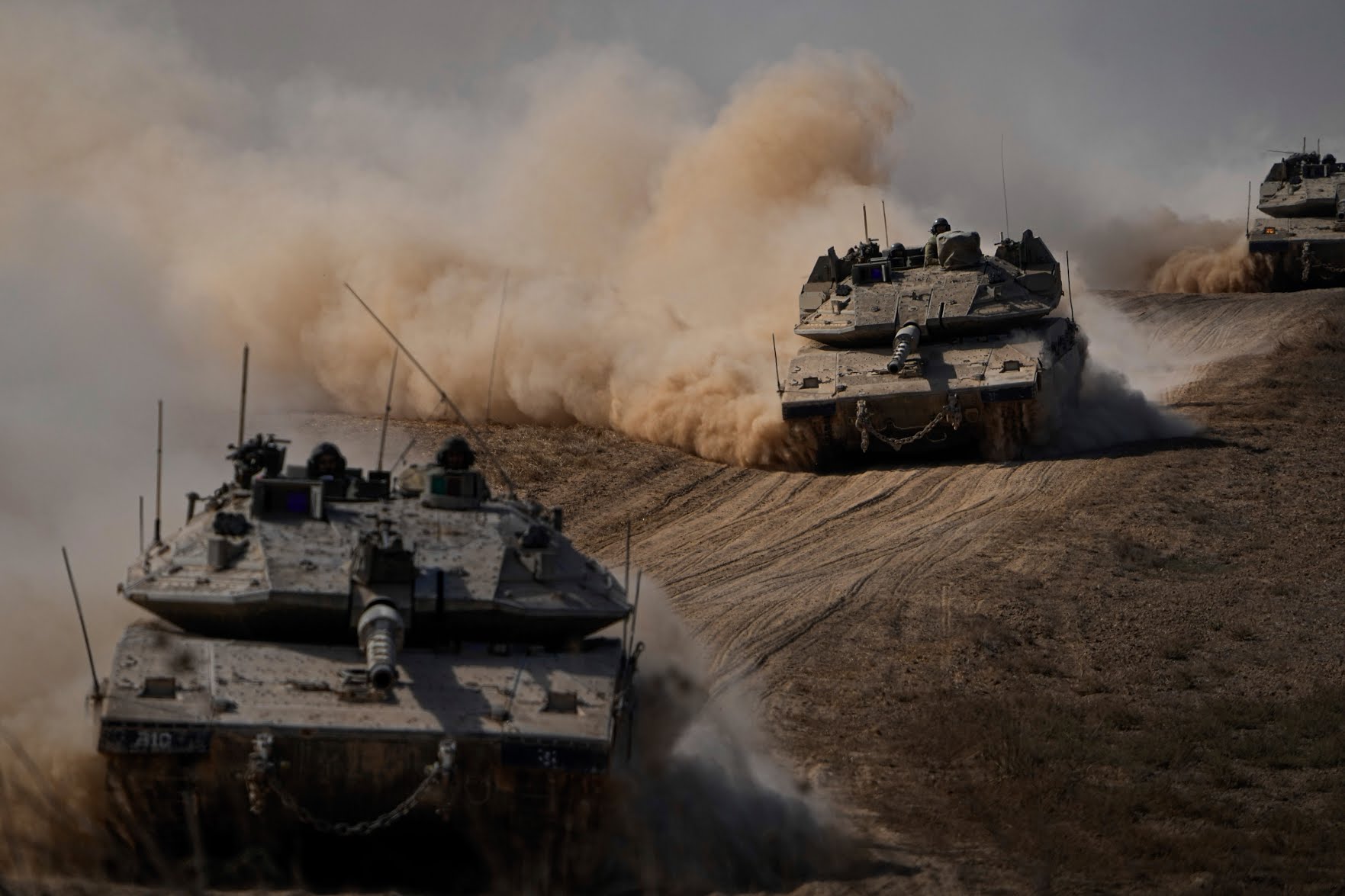the harrowing reality of the Gaza Strip, often termed the ‘world’s largest open-air prison,’ as we delve deep into the historical, political, and humanitarian factors that have led to its isolation. Discover the multifaceted challenges faced by its two million residents and the prospects for a brighter future in this comprehensive analysis.
The Gaza Strip, a tiny piece of land nestled between Israel, the Mediterranean Sea, and Egypt, has become emblematic of a tragic narrative. It’s often referred to as the “world’s largest open-air prison,” where nearly two million Palestinians find themselves trapped in a confined space, plagued by a multitude of adversities. This comprehensive article aims to delve deep into the historical, political, and social aspects that have led to this grim reality.
Gaza Strip
I. Historical Roots:
The foundations of Gaza’s isolation reach back to its tumultuous past. A pivotal moment in its history occurred during the aftermath of the Six-Day War in 1967, when Israel took control of the territory. This marked the onset of Gaza’s long and challenging journey as an occupied land, with Israel initiating the construction of settlements and encouraging Palestinian residents to leave through various incentives.
II. The Gaza Disengagement and the Birth of a Blockade:
In 2005, a glimmer of hope emerged when Israel decided to withdraw its military from Gaza. However, this optimism was short-lived. In 2007, Hamas, an Islamist political and military organization, took political control of Gaza. This shift in leadership prompted Israel, along with Egypt, to impose a permanent blockade on the territory. This blockade has had far-reaching consequences, severely restricting the movement of both people and goods.
III. The Multifaceted Blockade:
Gaza’s isolation isn’t solely the result of policy; it’s also a tangible reality. Israel’s 60-kilometer-long border fence has evolved into a high-tech security system, featuring imposing walls, sensors, and even remote-controlled machine guns in proximity to Israeli settlements. These measures have effectively turned Gaza into a fortress, making it exceedingly difficult for residents to come and go. Underground tunnels, once used for smuggling, have also been sealed off. Egypt contributed to Gaza’s isolation by constructing a 14-kilometer steel border barrier with U.S. support, further sealing off Gaza from its neighboring country.
IV. Control over the Sea Route:
Israel’s influence extends to the sea route, where the movement of goods and people is tightly regulated. Only three border crossings provide access to the outside world: Karem Abu Salem Crossing, Erez Crossing (controlled by Israel), and Rafah Crossing (controlled by Egypt). As the Israel-Hamas conflict escalates, these crossings are frequently closed, further suffocating the people of Gaza.
V. Daily Struggles and Unequal Access:
The blockade’s impact transcends mere isolation. Palestinians in Gaza are allowed to enter or leave the territory in exceptional circumstances, such as urgent medical situations or a limited list of merchants. This disparity is stark, as Israelis, Jewish settlers, and tourists face no such restrictions. Periodic closures of the Rafah border crossing by Egypt present additional hardships for Gazans seeking a way out.
VI. Humanitarian Crisis:
The humanitarian situation in Gaza is nothing short of catastrophic. The region grapples with a chronic lack of clean water, with 95 percent of the population affected. Israel’s establishment of a ‘no-go’ buffer zone and the extensive network of walls and fences only exacerbate the hardships endured by the residents. Health, education, and economic well-being are all deeply affected by these conditions.
VII. The Psychological Toll:
Living in an environment characterized by confinement, economic hardships, and frequent outbreaks of violence, Gazans endure a profound psychological toll. The isolation, scarcity of resources, and constant exposure to the effects of conflict have left an indelible mark on the mental health of the population, particularly on the children growing up in this challenging environment.
VIII. International Response and Humanitarian Aid:
The international community has expressed concern about the situation in Gaza. Various humanitarian organizations and the United Nations have been actively involved in providing aid and relief to the beleaguered population. However, the situation remains complex and deeply entrenched, with the political dimensions of the conflict often overshadowing the humanitarian efforts.
IX. Prospects for the Future:
The future of Gaza is a matter of intense debate and uncertainty. Will the blockade ever be lifted? What are the prospects for peace and a lasting resolution to the Israeli-Palestinian conflict? In this section, we will explore potential pathways forward, the role of key stakeholders, and the challenges that must be overcome to bring relief to the people of Gaza.
X. Conclusion:
The Gaza Strip’s transformation into the world’s largest open-air prison is a story marked by historical complexities and ongoing political conflicts. The suffering of its people, ensnared within walls and geographical barriers, calls for an urgent and lasting resolution. As the international community watches, the question remains: Will there ever be an end to this enduring humanitarian crisis that has plagued Gaza for far too long? The residents of Gaza continue to hope for a brighter future, where they can escape the cycle of conflict and begin rebuilding their lives in a land that has borne the weight of suffering for decades.
also read Israel Attack on Gaza
